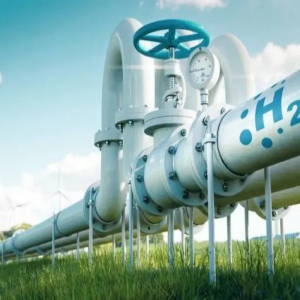Valves play a vital role in various industries, regulating the flow of liquids and gases. When it comes to extreme temperature applications, two popular options are cryogenic valves and ball valves. While they may appear similar at first glance, understanding the key differences between these valves is crucial to making the right choice. This article will take an in-depth look at the differences between cryogenic valves and ball valves, focusing on their unique features and applications.
Range of working temperature: One of the main differences between cryogenic valves and ball valves is their operating temperature range. Cryogenic valves are specifically designed to withstand extremely low temperatures, typically below -196°C (-320.8°F). They are suitable for applications requiring control of liquefied gases such as liquid nitrogen or liquid oxygen. Ball valves, on the other hand, have a wider temperature range, typically between -40°C (-40°F) and 260°C (500°F), making them suitable for a wider range of industrial applications.
Construction and design: Cryogenic valves are typically made from materials that can withstand low temperatures without affecting performance. This includes special alloys or stainless steels and cryogenic treatments to maintain flexibility in extreme temperatures. In contrast, ball valves are available in a variety of materials, including stainless steel, brass or bronze, with varying corrosion resistance and compatibility with different fluids or gases.
Sealing mechanism: Another key difference is the sealing mechanism. Cryogenic valves often feature an extended bonnet design to provide additional insulation and prevent valve components from freezing. These extended valve covers help maintain seal integrity and minimize the risk of leaks. Ball valves, on the other hand, rely on a floating or trunnion-mounted ball and seat to create a seal, allowing for fast and reliable closure.
Application: Cryogenic valves are commonly used in industries such as oil and gas, aerospace and medical to safely handle cryogenic fluids. They are essential for the storage, transportation and process control of liquefied gases. Due to their versatility and wider temperature range, ball valves are used in industries that require precise flow control, such as petrochemical, pharmaceutical, water treatment and HVAC systems.
In conclusion, considerations such as operating temperature range, construction, sealing mechanism and industry requirements are critical when selecting the right valve for a specific application. Cryogenic valves excel in extreme cold environments, while ball valves offer versatility and reliability over a wider temperature range. By understanding the differences between cryogenic valves and ball valves, industries can make informed decisions to optimize their operations, ensure safety and maximize the efficiency of fluid and gas control systems.
Our company, Nantong High and Medium Pressure Valve Co., Ltd. has accumulated rich experience in the field of industrial valve manufacturing over the past 58+ years. We have various series of ball valves and cryigenic valves, if you are trusted in our company and interested in our products, you can contact us.

Post time: 16-09-23












